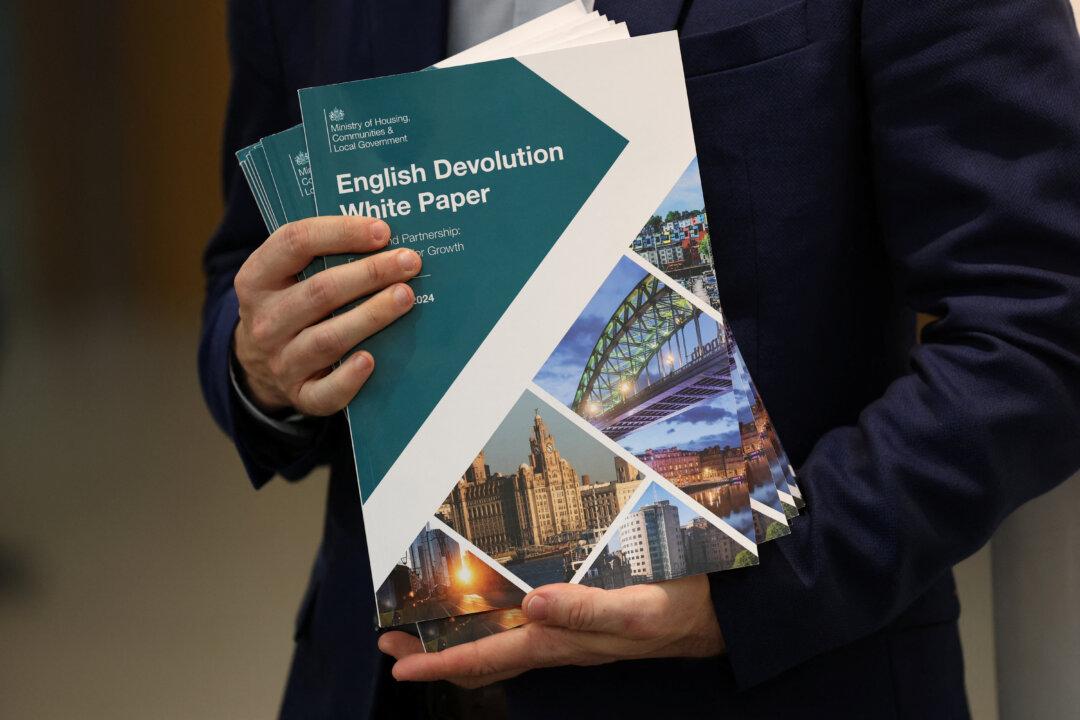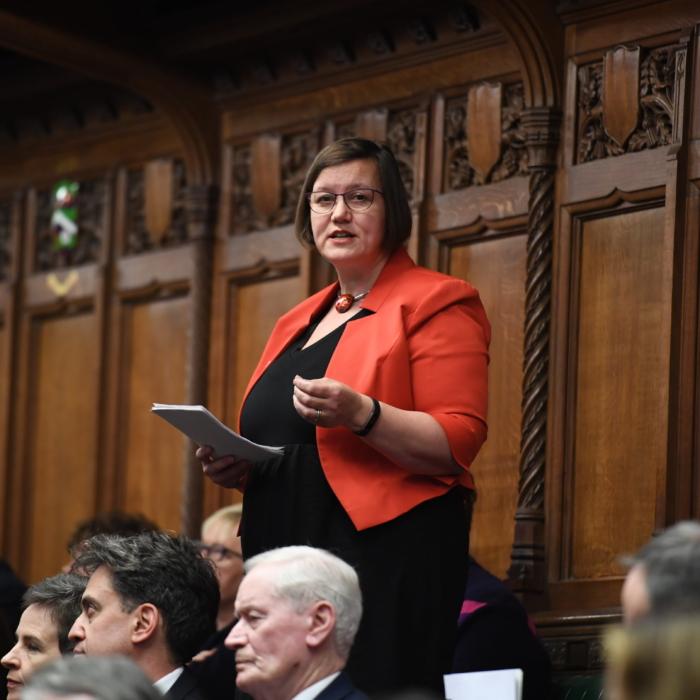The UK government’s ambitious plan to shift power from Whitehall to local councils, promising full devolution and a major overhaul of local government, is moving forward despite challenges and political pushback.
The Labour government believes that “for too long political power has been hoarded in Whitehall.” By handing over powers to local leaders, ministers hope to improve services, boost local economies, and make decision-making more efficient.
The reforms will replace the current two-tier system, where county and district councils share responsibilities, with unitary authorities that handle all local services. These unitary authorities will then become part of larger combined authorities, also called “strategic authorities,” led by directly elected mayors.
Fast-Track and Cancelled Elections
According to the government, the new system will mean fewer politicians, less bureaucracy, and a more effective local government. In December, councils were invited to apply for fast-tracked mayoral devolution.On Wednesday, Deputy Prime Minister Angela Rayner said the government selected Cumbria, Cheshire and Warrington, Norfolk and Suffolk, Greater Essex, Sussex, and Brighton to join the programme, bringing 8.8 million people under mayoral devolution.
A spokesperson for the County Councils Network (CCN) told The Epoch Times that in the short term, they would be seeking explanations from the government regarding why certain areas that had applied for devolution deals—despite having the necessary geographical structures—were not included in the devolution priority programme.
“At the same time, we are extensively engaging with our councils to keep them up to date and share information as the programme progresses this year, including learning from those who have already secured devolution deals and/or have reorganised,” the spokesperson added.
Rayner also invited 21 two-tier areas to submit proposals for reorganisation into new unitary councils.
The decision to postpone elections faced opposition from several MPs, particularly the Liberal Democrats. They highlighted financial mismanagement by the Conservative-led Surrey County Council and argued that Surrey residents should have the right to elect new leadership to guide them through devolution.
By May 2025, areas that postponed elections must submit plans to reorganise into new unitary councils. In autumn 2025, all remaining councils are encouraged to present devolution proposals outlining their future governance.
Structure of Local Government in England
The local government structure in England varies by region, with 317 local authorities divided into five types: county councils, district councils, unitary authorities, metropolitan districts, and London boroughs.In two-tier areas, such as Surrey and Kent, the larger county councils provide services across the whole county, including in education, waste disposal, and adult social care.
The smaller district councils (also called borough or city councils) handle local services, such as refuse collection, environmental health, and leisure facilities. For example, in Surrey, Surrey County Council manages education and transport, while Elmbridge Borough Council handles local housing and waste collection.
Unitary authorities combine all local services into a single council and can cover an entire county, part of a county, or a large town or city. For example, Cornwall Council covers a whole county, while Nottingham City Council covers a city.
The devolution white paper suggests that unitary councils can lead to better outcomes for residents, save money, and improve accountability, with fewer politicians who are more able to focus on delivering for residents.
Wales and London boroughs also operate under unitary authority systems.

The capital’s 32 borough councils and the City of London are responsible for local services like housing and schools. However, the Greater London Authority provides citywide services, including fire, police, transport, and strategic planning.
Metropolitan councils, created in 1974 to govern large urban areas outside London, such as Greater Manchester and West Midlands, handle both county and district-level responsibilities.
When two or more councils collaborate to manage shared responsibilities, such as transport and economic development, they form a combined authority. Currently, there are 15 combined authorities in England. They can be led by a directly elected mayor, known as a Mayoral Combined Authority, or operate without one.
Local Government Workforce
Local councils in England are run by a combination of elected councillors and paid officers who work together to provide essential public services.Councillors make policy decisions and set the overall direction of the council, while council officers manage services and budgets and must remain politically neutral.
Many councils outsource certain services to private companies, charities, or public-sector partnerships.
The size and structure of a council’s workforce varies depending on the type of local authority. Manchester City Council has over 7,000 employees, while the London Borough of Hammersmith and Fulham has between 1,001 and 5,000 employees.
As of September 2024, approximately 1.99 million people were employed in local government in England.
The government believes that within the framework of strategic authorities, mayors should have a distinct role that enables them to focus entirely on devolved responsibilities.
Size and Funding
Under the Devolution Priority Programme, new unitary councils must be large enough to improve capacity and withstand financial shocks.The government has set a minimum population target of 500,000, a move welcomed by CCN Chairman Tim Oliver.
The CCN stated that while the decision ultimately lies with local areas, evidence suggests that unitary councils serving populations of over 500,000 can effectively establish strong local town and community representation, such as “town boards.” The network pointed to recent examples in newly formed unitary councils like Somerset and Buckinghamshire.
The CCN spokesperson said that many residents are often confused in “two-tier” areas as to who delivers services between district and county councils.
“For example, a district council collects waste and a county council disposes of it so moves to amalgamate both into unitary councils will give residents a much clearer idea on who delivers their services, improving their understanding and participation,” they added.
However, critics warn that bigger councils are not always better. The District Councils’ Network has raised concerns that “mega councils” could become too remote, making it harder for residents—particularly in rural areas—to access services or have their voices heard.
Pressed on the decision to merge councils that are in severe financial difficulty, Rayner said the government recognises the councils’ financial constraints.
Mayoral strategic authorities will become eligible for the Integrated Settlement, which will take effect after the next Spending Review, provided that sufficient preparation time has been given.
Looking ahead, the government has pledged to introduce multi-year funding settlements to give councils more financial certainty and reduce their reliance on short-term budget cycles.







